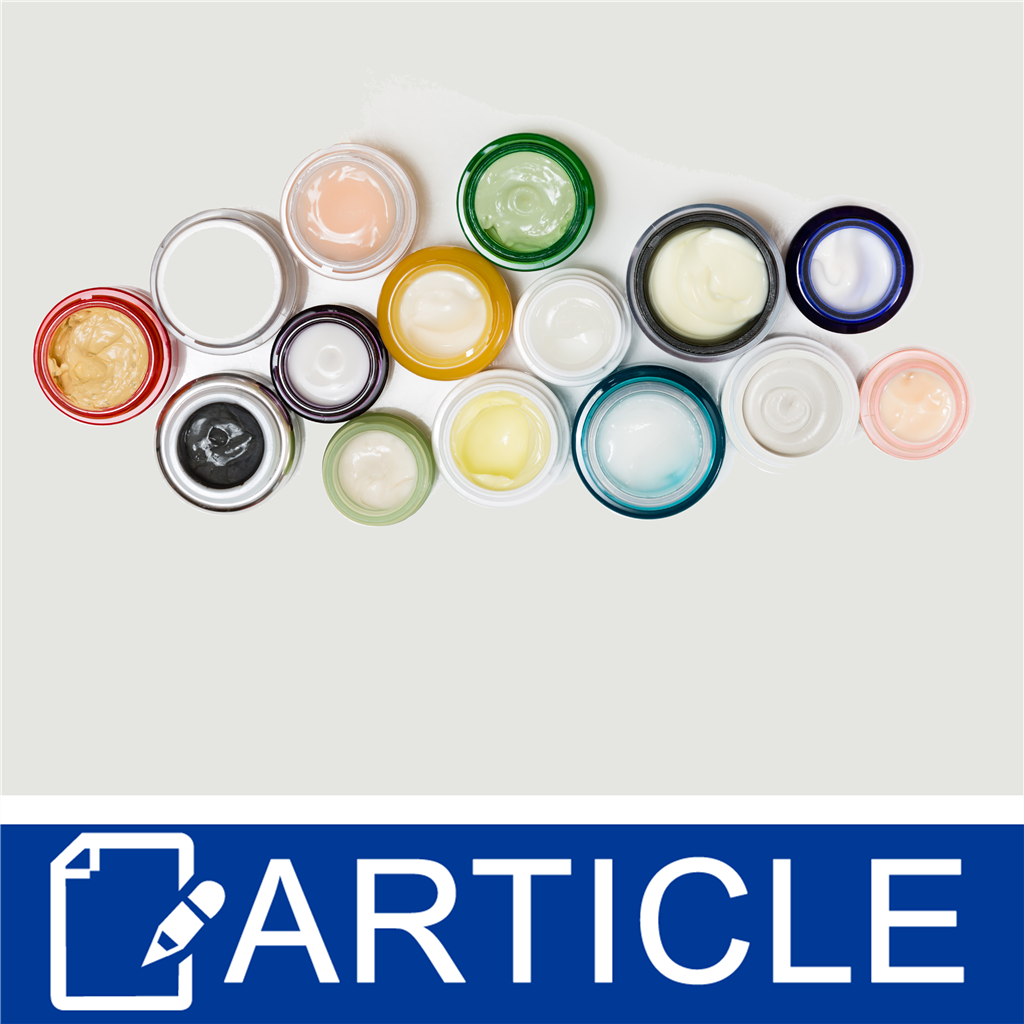The detailed guide to understanding emulsifiers and their role in formulation processes
Emulsifiers: Secret Ingredients for Accomplishing Flawlessly Blended Formulas
Emulsifiers play an essential function in developing stable mixtures of immiscible fluids, such as oil and water. Their one-of-a-kind residential properties permit them to decrease surface stress, which is essential for uniformity in various formulas. Recognizing the distinctions between synthetic and natural emulsifiers can influence item top quality significantly. As sectors significantly seek to enhance structure and service life, the choice procedure for the appropriate emulsifier becomes critical. What elements should be thought about in this vital selection?
Understanding Emulsifiers: What They Are and How They Work
Emulsifiers might appear like a straightforward enhancement to solutions, they play a crucial duty in maintaining combinations of active ingredients that normally do not mix well, such as oil and water. These compounds function by reducing surface area tension at the user interface between immiscible liquids, permitting them to blend even more consistently. Emulsifiers include both hydrophilic (water-attracting) and lipophilic (oil-attracting) homes, which enable them to secure themselves at the border of both phases. By doing so, they develop a safety barrier that prevents the beads of one liquid from coalescing right into larger masses, thereby maintaining a secure solution. The effectiveness of an emulsifier depends on its molecular framework, which influences its ability to maintain blends. In various applications, from food to cosmetics, emulsifiers ensure a consistent texture and look, boosting both functionality and customer allure. Their relevance can not be overstated in achieving well-blended formulas.
Types of Emulsifiers: All-natural vs. Synthetic
Emulsifiers can be generally categorized right into two kinds: synthetic and natural, each offering distinctive advantages and applications. All-natural emulsifiers, originated from plant or pet sources, consist of lecithin, periodontal, and casein arabic (emulsifiers). These emulsifiers are often favored in clean-label and organic products as a result of their minimal handling and biocompatibility. Their mild nature makes them suitable for delicate formulas, especially in food and cosmetics

On the various other hand, synthetic emulsifiers such as mono- and diglycerides, and polysorbates are produced with chemical procedures. They are commonly used in industrial applications because of their security and performance in creating solutions. Artificial emulsifiers usually exhibit remarkable efficiency in extreme conditions, such as heats or varying pH degrees. The choice between natural and synthetic emulsifiers mainly depends upon the details solution needs, governing factors to consider, and customer choices, affecting their reliable application in numerous sectors.
Features of Emulsifiers in Food and Aesthetic Solutions
The duty of emulsifiers expands past simple stablizing; they are essential in achieving the desired look, shelf, and texture life of food and cosmetic products. In food formulations, emulsifiers aid mix oil and water, producing smooth and consistent textures crucial for sauces, dressings, and milk products. They decrease surface tension, enhancing the security of solutions, which protects against splitting up and extends freshness.
In cosmetics, emulsifiers ensure that components, such as oils and water, mix effortlessly, enhancing and giving a positive directory feel application. emulsifiers. They contribute to the item's viscosity and spreadability, essential for lotions, lotions, and creams. In addition, emulsifiers can encapsulate energetic components, improving their circulation and effectiveness in solutions. By managing appearance and improving sensory attributes, emulsifiers play a crucial function in conference consumer expectations in both food and cosmetic industries, ensuring products are not just attractive but additionally functionally effective
Choosing the Right Emulsifier for Your Item

Furthermore, the target application-- whether for food, cosmetics, or drugs-- will affect the choice. For example, food-grade emulsifiers ought to comply with security regulations, while aesthetic emulsifiers may call for skin compatibility. Assessing variables such as HLB (Hydrophilic-Lipophilic Balance) aids in anticipating emulsifier habits in details formulations. Ultimately, a comprehensive assessment of both regulative considerations and practical needs is vital to pick the most effective emulsifier, making sure the last product satisfies the preferred top quality and stability standards.

Tips for Effective Emulsion Development and Stability
Attaining successful solution formation and security needs mindful interest to numerous important factors. Initially, the choice of emulsifier plays a crucial role; it needs to work with the oil and water stages to guarantee efficient stabilization. Second, the ratio of oil to water must be balanced, as an inappropriate ratio can cause instability. Third, the blending process must be regulated; high shear mixing can assist attain smaller droplet dimensions, boosting stability.
Temperature additionally affects emulsion stability; keeping ideal temperatures throughout solution prevents premature splitting up. In addition, incorporating stabilizers such as thickeners can additionally boost thickness, Homepage reducing the possibility of phase splitting up. Performing thorough stability tests after formulation will help determine prospective problems, enabling for modifications prior to last manufacturing. By sticking to these standards, formulators can attain regular and reliable emulsions that maintain their desired residential or commercial properties gradually.
Often Asked Concerns
Can Emulsifiers Be Used in Vegan Formulations?
Yes, emulsifiers can be used in vegan formulations. Many plant-based emulsifiers, such as lecithin from soy or sunflower, give reliable mixing without animal-derived components, making them appropriate for a variety of vegan products.
What Are Usual Irritants in Emulsifiers?
Typical allergens in emulsifiers include soy, dairy, and eggs, as particular emulsifiers are originated from these resources. In addition, some people may react to chemicals or ingredients utilized along with emulsifiers in different formulas.

How Do Emulsifiers Effect Service Life of Products?
Emulsifiers boost item security by avoiding separation of components, thus prolonging service life. They alleviate wasting brought on by microbial development and oxidation, causing extended freshness and enhanced high quality in various food and cosmetic formulations.
Are There Any Wellness Worries Connected With Emulsifiers?
Research shows prospective health and wellness issues associated with emulsifiers, consisting of digestive tract microbiome alterations and swelling. While regulative bodies typically regard them safe, recurring researches proceed to explore lasting impacts on health and total well-being.
Can Emulsifiers Improve Taste or Scent in Formulations?
Emulsifiers can boost flavor and fragrance in formulas by boosting active ingredient dispersion and security. This leads to an extra uniform item, permitting flavors to fuse successfully, ultimately causing a more pleasurable sensory experience for customers.
Emulsifiers may seem like a straightforward addition to solutions, they play a necessary role in supporting mixes of active ingredients that usually do not blend well, such as oil and water. In food solutions, emulsifiers help blend oil and water, producing smooth and consistent structures crucial for sauces, dressings, and milk items. Food-grade emulsifiers ought to conform with safety and security regulations, while cosmetic emulsifiers may call for skin compatibility. Usual allergens in emulsifiers include soy, dairy products, and eggs, as particular emulsifiers are derived from these sources. Emulsifiers can improve taste and fragrance in solutions by improving component diffusion and security.